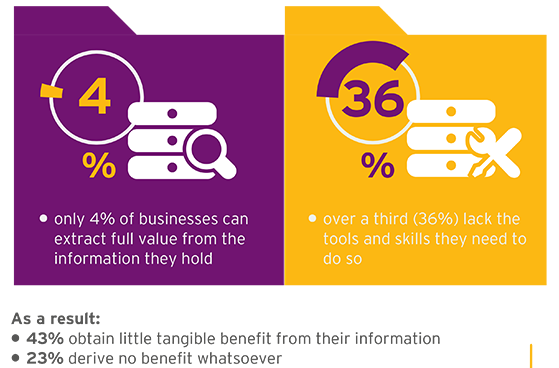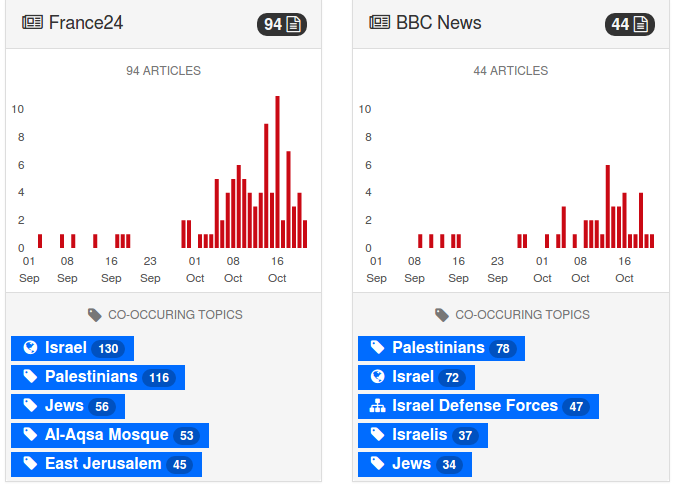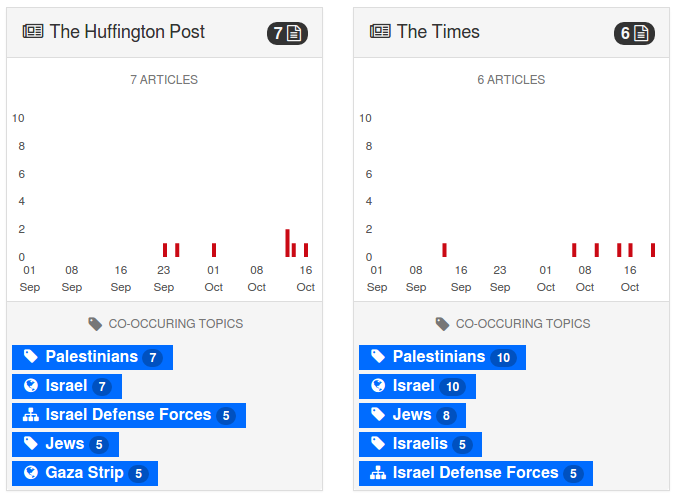A Certain Tendency Of The Database Community by Christopher Meiklejohn.
From the post:
Abstract
We posit that striving for distributed systems that provide “single system image” semantics is fundamentally flawed and at odds with how systems operate in the physical world. We realize the database as an optimization of this system: a required, essential optimization in practice that facilitates central data placement and ease of access to participants in a system. We motivate a new model of computation that is designed to address the problems of computation over “eventually consistent” information in a large-scale distributed system.
Eventual Consistency
When we think about the world we live in, we do not usually say it is eventually consistent, for this is a term usually applied to computing systems, made up of multiple machines, that have to operate with shared information.
Eventual consistency is a consistency model for replicated, shared state. A consistency model is a contract between an application developer and a system that application will run on. A contract between a developer and a system states the following: given the developer follows the rules defined by the system, certain outcomes from the system are guaranteed. This makes it possible for developers to build successful applications, for without this contract, applications would have no guarantee that the actions they perform would have a correct outcome.
…
(italics in original)
A very accessible and great read on “eventual consistency.”
Christopher points out that any “state” of knowledge is a snapshot under a given set of constraints:
For instance, if the leading researchers on breast cancer were to document the state-of-the-art in a book, as the document is being written it would no longer reflect the state-of-the-art. The collective knowledge of this group is always changing, and as long as we continue to rewrite the document it will only be approaching the combined knowledge of the group. We can think of this somewhat formally: if we had a way to view the group’s knowledge as a omniscient observer and we represent that knowledge as a linear function, the recorded text would be asymptotic to function of the sum of global knowledge.
He concludes with this question:
…Can we build computational abstractions that allow devices to communicate peer-to-peer, acknowledging the true source of truth for a particular piece of information and scale to the amount of information that exists, not only between all computers in a planetary-scale distributed system, but all entities in the universe[?]
I’m not sure about “all entities in the universe,” or even a “planetary-scale distributed system,” but we do know that Netware Directory Services (NDS) (now eDirectory) was a replicated, distributed, sharded database with eventual convergence that was written in 1993.
We have had the computational abstractions for a replicated, distributed, sharded database with eventual convergence for a number of years.
I would adjust Christopher’s “true source of truth,” for “source of truth as defined by users,” to avoid the one-world-truth position that crippled the Semantic Web even before FOL and RDF syntax arrived.





